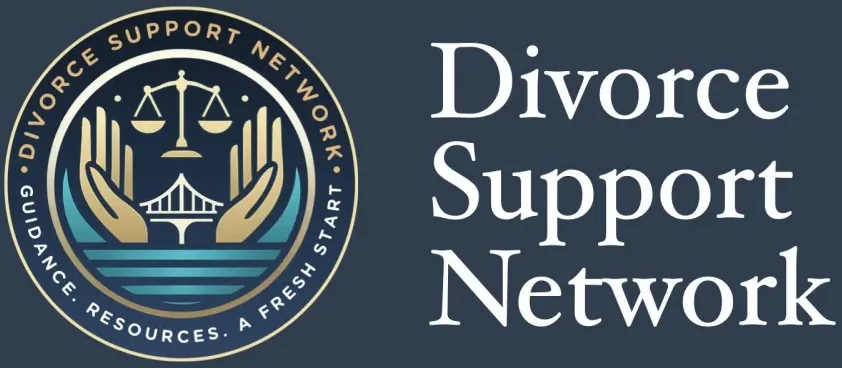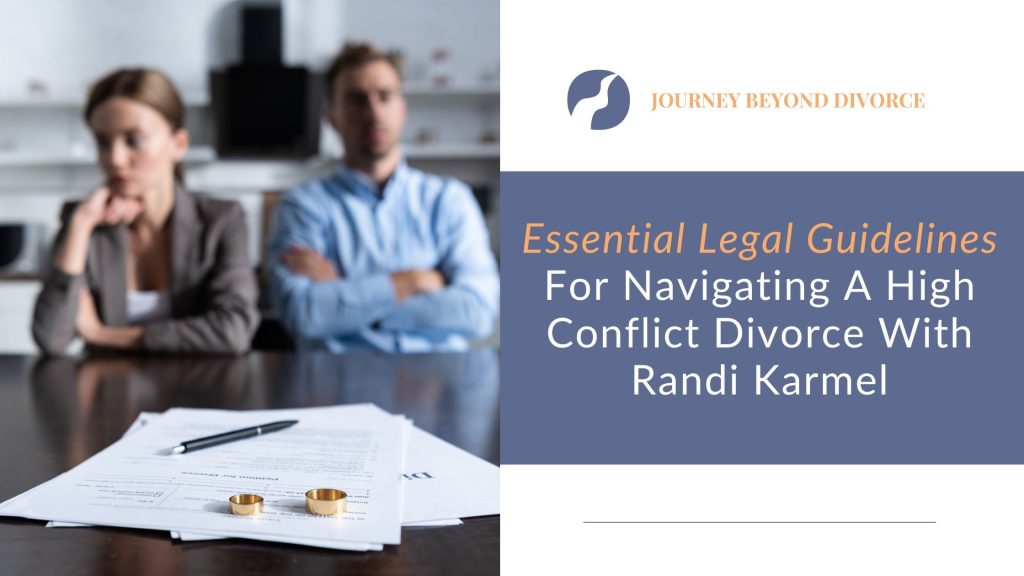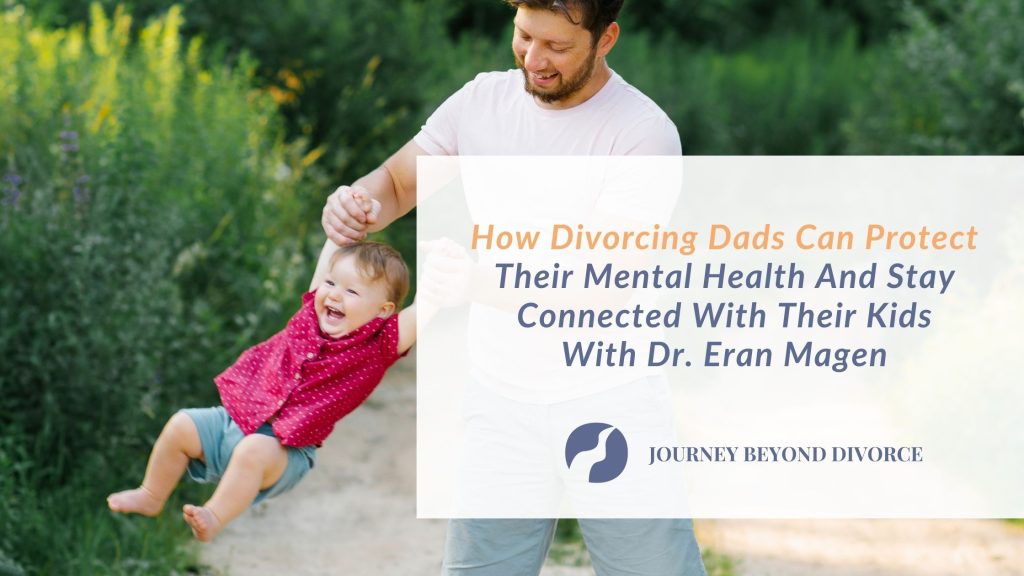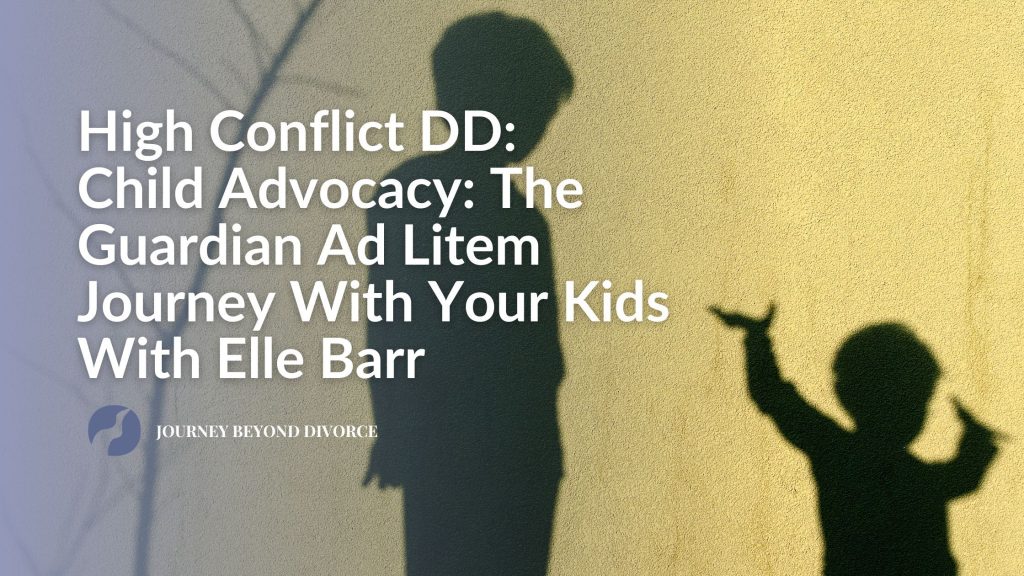High Conflict Divorce: How to Protect Your Peace When Everything Feels Like a Battle

Not every divorce is a mutual agreement to move forward separately. Some divorces are war. If you’re dealing with someone who turns every conversation into a conflict, refuses to cooperate, manipulates your children, or uses the legal system to punish or control you, you are not alone. And you are not imagining it.
A high-conflict divorce is not just about disagreement. It’s about patterns of control, emotional volatility, and a refusal to compromise. It might look like constant text messages meant to provoke you, threats around custody or money, using the kids as pawns, or dragging out the process just to wear you down. Sometimes it’s rooted in narcissism or other personality disorders. Sometimes it’s just cruelty. Whatever the cause, the impact on your well-being is real.
The first and most important step in a high-conflict divorce is learning how to protect your peace — and your children — without getting pulled into the chaos. That often means changing how you communicate. If you’re used to explaining, defending, or trying to reason with someone who never listens, it’s time to stop. The less emotion you bring into interactions, the better. Keeping things short, factual, and businesslike is key. Many people find it helpful to use written-only communication, whether through email, text, or a co-parenting app that keeps a record of every exchange. This not only protects your sanity — it also gives you documentation if you ever need to show a judge or attorney what’s been happening.
Documentation is your friend in high-conflict situations. If your ex is threatening, unreliable, or dishonest, keep records of everything. Save emails, take screenshots, write down dates and incidents, and keep notes on anything that could become important later. You don’t have to obsess over every word they say, but you should be prepared — especially if your safety or your child’s well-being is at risk.
Having the right legal representation matters more than ever in these cases. Not all lawyers understand how to handle high-conflict or emotionally abusive dynamics. Look for someone who will advocate for you without escalating the drama. A lawyer who’s seen this kind of behavior before can help you create a strategy that prioritizes your safety and avoids unnecessary back-and-forth. They can also help you request things like temporary court orders, supervised visitation, or other protections if the situation calls for it. If cost is an issue, reach out to local legal aid services. You have the right to safety, stability, and a voice — regardless of your income.
If you’re a parent in a high-conflict divorce, protecting your children becomes a priority and a challenge. It’s heartbreaking to watch your kids get caught in the middle of adult tension. You may want to correct everything the other parent says, or worry constantly about what’s happening in the other home. As hard as it is, the most powerful thing you can do is focus on being a safe, consistent, emotionally grounded presence for your children. Let them know you are always there for them. Keep their routines as stable as possible. Avoid badmouthing the other parent, even when it feels justified. Over time, your consistency will matter more than the chaos.
Therapy can be an incredible tool during a high-conflict divorce — for you, for your children, or for both. A good therapist can help you set boundaries, process trauma, and rebuild your sense of self. And if your children are showing signs of stress, anxiety, or confusion, a child therapist can help them develop healthy coping skills and understand that none of this is their fault.
You are not powerless. It may feel like you’re living in survival mode, reacting to every new blow, but you are doing more than just getting through this. You’re making choices — every day — to protect your future and create something better. That’s strength.
At Divorce Support Network, we understand what high-conflict divorce looks like from the inside. We connect people to attorneys, therapists, and advocates who specialize in these complex and painful dynamics. We provide tools, templates, and resources to help you set boundaries and take control of your process — not through aggression, but through clarity.
You are not alone. And you are not crazy. You’re just navigating something really hard — and we’re here to help you move through it, one strong step at a time.





